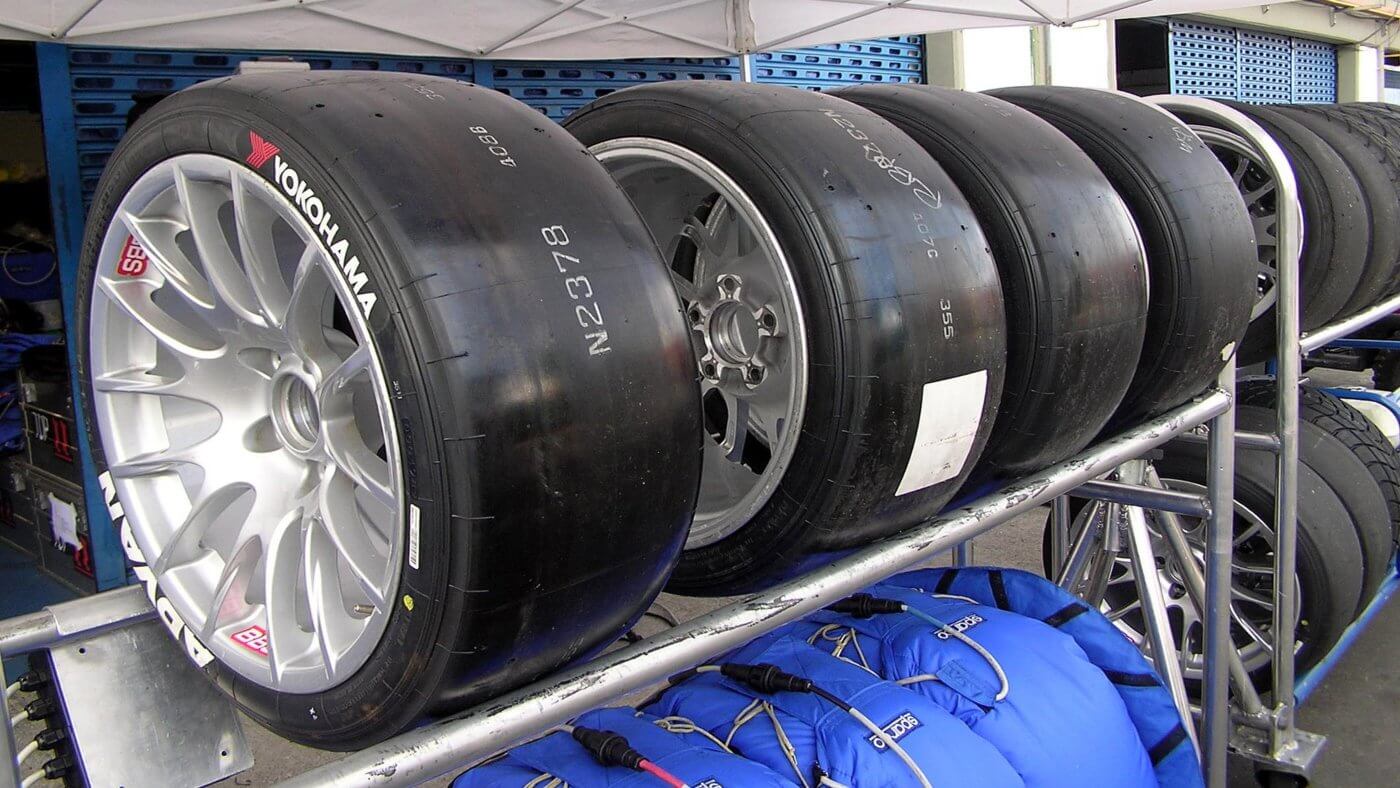In my recent article on the famous Nissan gallery, I told you in detail about my recent trip to Yokohama, located just south of Tokyo, Japan's capital. Although I didn't see any tires from the eponymous brand in Yokohama, it did make me wonder about the manufacturer's origins. Was it really born in the Japanese port city? Why is its headquarters now located in Tokyo? The answers to these questions are surprisingly interesting, and reveal a part of world history that is all too often forgotten in the West.
More than a century of Yokohama
Although the company only entered North America in 1969, its beginnings go back much further. In the midst of the First World War, in 1917, the Yokohama Electric Cable Manufacturing Company joined forces with American manufacturer BFGoodrich (yes, THE BFGoodrich) to found a new company specializing in rubber. It was this new company, the Yokohama Rubber Manufacturing Company, which would later become the Japanese giant we all know and love. Following these tumultuous beginnings in the city of Yokohama itself, the company expanded during the 1940s, building numerous factories across Japan.
After several decades of success in its home country, the company decided in the late 1960s to go global. It founded the Yokohama Tire Corporation in the United States and soon began producing models exclusive to the continent, including the GT range. This was the start of a high-performance era for Yokohama, which began to introduce more and more motorsport-inspired products to the market. It was also the start of a long period of acquisitions of specialist rubber manufacturers such as Mohawk in 1989. This period continues to this day, notably with the acquisition of Alliance Tire Group, specialized in heavy-duty tires.
The secret? Adaptation
To this day, Yokohama continues to offer quality products that are unique in their class, but it does so with an entirely different philosophy. Of course, the manufacturer continues to produce sporty, robust tires, but it does so today with a more ecological outlook than ever before. In addition to its constant search for green solutions, such as manufacturing rubber by fermentation, the company also creates models designed to help reduce your vehicle's emissions. An electric vehicle tire like the Advan Sport EV A/S, for example, reduces normal tire wear and ensures the efficiency of the electric motor. Even for combustion-powered vehicles, low rolling resistance tires like BlueEarth S34 ensure lower fuel consumption.





